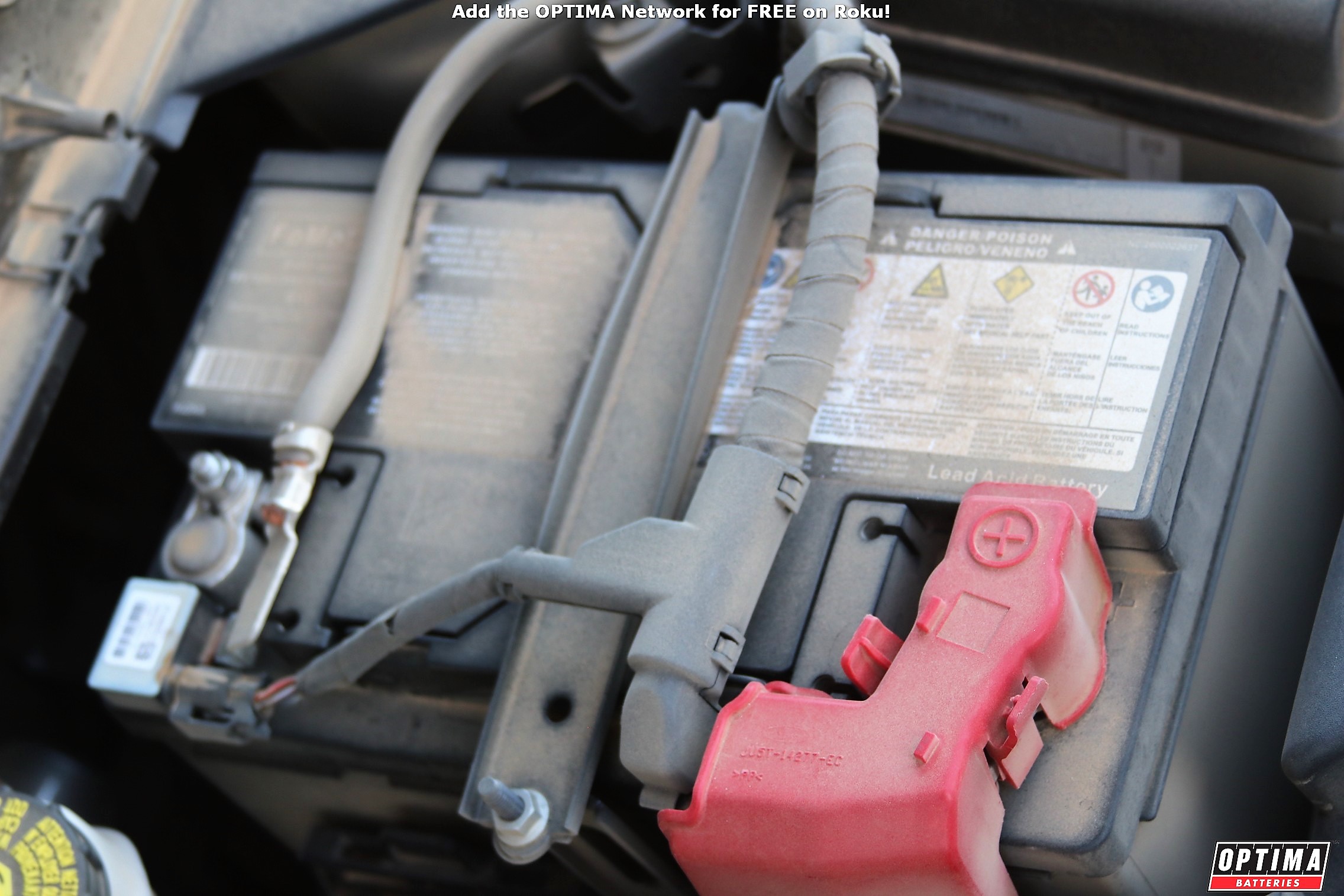Hi everyone,
I have been reading quite a bit recently about lead acid, EFB and AGM batteries.
Most people seem to agree that AGM are the best, but how about EFB in comparison to conventional lead acid?
Would an EFB behave better than a conventional if you do not charge it very often? (Hold charge for longer especially at low temperatures?)
From what I understand, EFB charges faster, right? Do they also last longer in time?
EFB batteries cost quite a bit less than AGM, is the difference in performance that significant?
Thank you,
Cadan
I have been reading quite a bit recently about lead acid, EFB and AGM batteries.
Most people seem to agree that AGM are the best, but how about EFB in comparison to conventional lead acid?
Would an EFB behave better than a conventional if you do not charge it very often? (Hold charge for longer especially at low temperatures?)
From what I understand, EFB charges faster, right? Do they also last longer in time?
EFB batteries cost quite a bit less than AGM, is the difference in performance that significant?
Thank you,
Cadan




